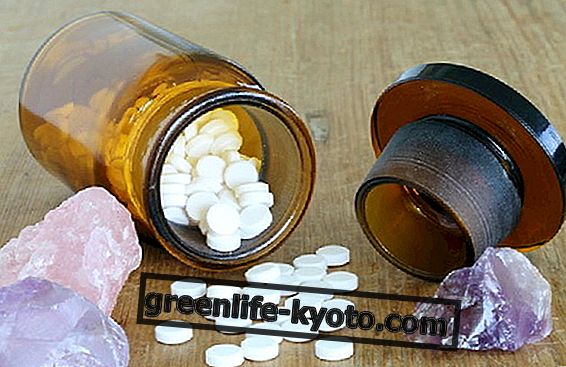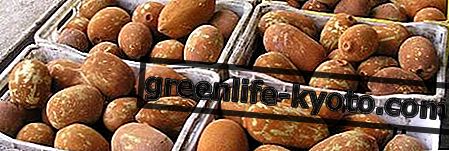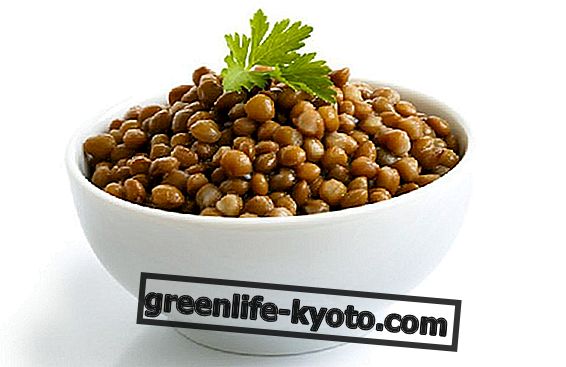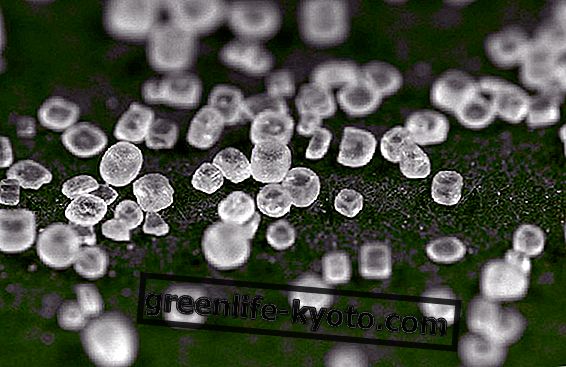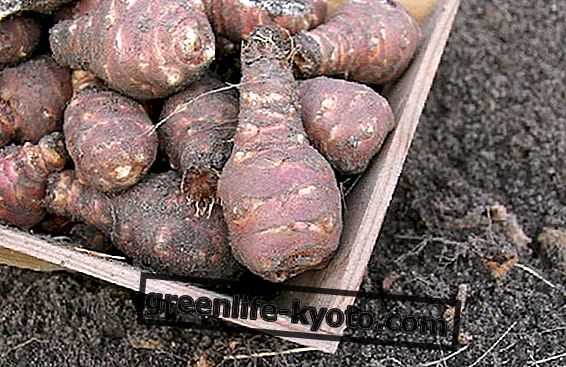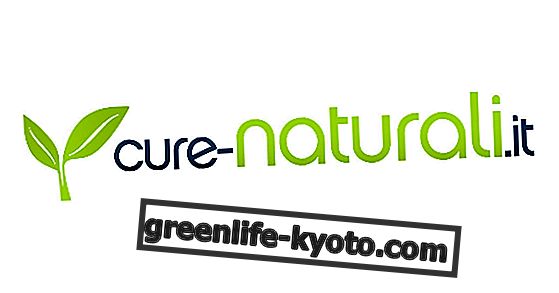Coconut oil is obtained by squeezing under pressure and pressing the dried coconut pulp. Used in kitchens to replace animal fats, it has antiviral, antibacterial and antifungal properties. Let's find out better.

Characteristics of coconut oil
Coconut plants are present in the tropical areas of Asia, Africa and Latin America and the presence of the fruit and its products has been included in popular tradition since ancient times both as a food and as a product that generates beauty and health .
At room temperature the coconut oil has a solid consistency similar to butter and appears instead as an oily liquid form when the temperature rises above 20 ° C.
This characteristic is important for storage, in fact to keep it and use it it is important to remember that in summer it can be contained in a bottle and the oil will come out without problem, but if we were in winter it would not come out of the bottle as it would return to the solid state, so the advice is to keep it in a larger container with a nice lid and with the possibility of extracting it with a spoon or knife.
This solidity makes it stable and useful for preparing appetizing dishes in the kitchen as well as being able to use it even simply spread on slices of toasted bread.
The composition of coconut oil is mainly saturated fatty acids up to 90% which have names such as lauric, caprinic, caprylic and capric.
Lauric acid is a fundamental fatty acid for humans and it is in fact also contained in breast milk, given that only the mammary gland is able to produce it at the time of breastfeeding, then to have it the man must look for it in food and first among all is just coconut oil.
Lauric acid is considered the most digestible fatty acid for humans, in fact it does not even require bile acids and brings with it antimicrobial and antifungal properties that protect and strengthen the entire body. Some studies report findings that lauric acid is useful against retroviruses such as herpes, influenza and even HIV.
Another good news is the fact that coconut oil is thermogenic meaning it is able to increase our metabolism and therefore promotes weight loss by normalizing cholesterol levels and helping the immune system.
Properties and use of coconut oil
In the food industry, especially in the countries of the equatorial zone, it is widely used.
In the kitchen it is possible to use it to prepare cakes and delicacies by replacing the 100 grams of fat usually used with 75 gr of coconut oil. Also excellent for frying and for mixing pastries and various desserts
The advantage is its stability which also reduces the risk of rancidity. If, however, it oxidises and rancidity arrives then it turns into hydrogenated oil and thus becomes an extremely dangerous product that even exposes you to the risk of cardiovascular disease so attention must be paid to domestic use and to the label of packaged food products where it must not be present the hydrogenation.
In the field of body wellness, for health prevention it is known as a good ally because it normalizes fats and blood sugars; therefore in the prevention of diabetes it is recommended since it improves the balance between sugars and insulin in the circulation.
It has antiviral, antibacterial and antifungal properties given by the lauric acid of which it is composed and it is also an oil with antioxidant properties thanks to the presence of other compounds such as vit E. Remember that diseases such as Candida are fungal infections and therefore the oil of Coconut can be useful in treatments specific to this problem. It also contains vitamins K and J, with some trace of mineral iron.
In general it strengthens the immune system, helps the heart and the thyroid thanks to the fact that it promotes the absorption of mineral salts in a particular way magnesium and calcium, which are important for the contractility of the muscles, for the skeletal structure, for the nails, the teeth and dry or curly hair.
It protects the liver from toxins and alcohol and consequently also the kidneys and the bladder are kept in balance thanks to its detoxifying action and also regulates the acid-base balance of the body.
In cosmetics the skin benefits in beauty, elasticity and softness if applied for external use as a cream or ingested as a food supplement . Excellent simply as a make-up remover for the face or as a moisturizing cream effect after a shower .
It is used as a hair moisturizer applied in contact with the wet hair and left on for 15 minutes to a few hours. Also perfect for the most delicate skin, for particular areas such as the lips and around the eyes and even for children's skin.
Discover also the properties, nutritional values and calories of the coconut
Curiosity about coconut oil
Also for the coconut oil on the label uses the word "virgin" for that product that was extracted only by pressing and pressing, without adding chemical solvents to speed up the extraction, without refining, deodorising, bleaching and hydrogenation of the coconut oil.
To choose a high quality coconut oil it is therefore recommended to read the label well and to refer to the wording "extra-virgin or virgin coconut oil" and even better if it originates from organic farming which guarantees us not to use chemical products from synthesis such as pesticides and fertilizers in the production of coconut plants.
A beauty recipe
To prepare a scrub cream for the bathroom just take a plastic cup with 2 tablespoons of coconut oil, a tablespoon of fine salt and another tablespoon of brown sugar. After washing the body with soap and rinsing well, apply the mixture to the still-damp skin, massaging the skin and leaving for a few minutes. Finally rinse well with running water. The skin will be soft, moisturized and softly velvety.
It is possible to add a drop of essential oil with the desired fragrance to the previous compound to give a special fragrance to the skin, for example with lavender oil or orange or jasmine flowers.


